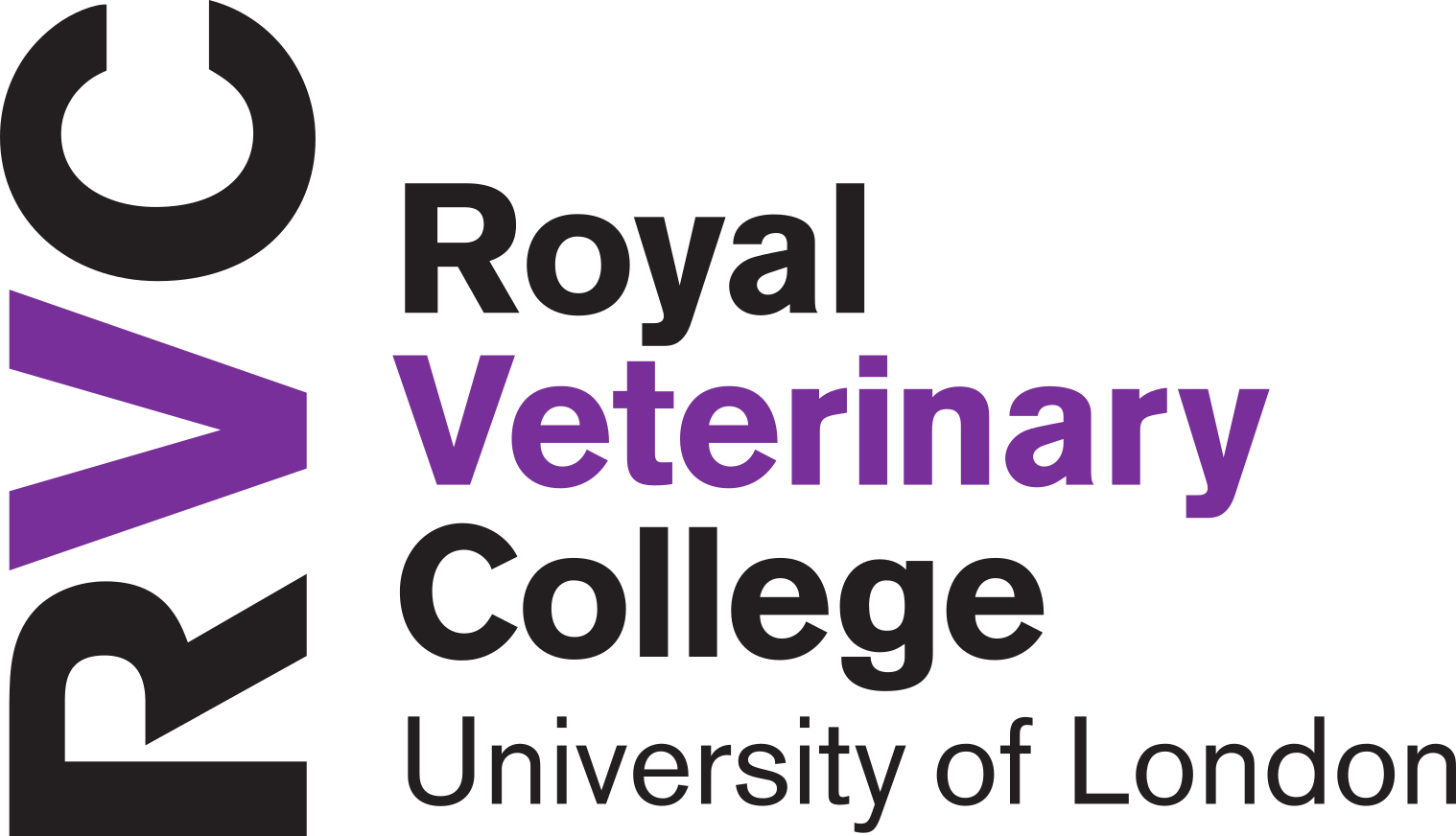The clot thickens: Understanding coagulation in our patients
Disorders of coagulation in veterinary patients can be life-threatening and require a clear understanding of both pathophysiology and practical nursing care. Veterinary nurses are often the first to recognise abnormal bleeding or clotting tendencies and play a key role in the safe management of these patients. This presentation will review the mechanisms of normal haemostasis and explore common disorders affecting coagulation, including inherited conditions, drug-induced coagulopathies, and acquired diseases. We will discuss the nurse's role in patient stabilisation, sample collection, safe handling, transfusion support, and close monitoring for complications. Delegates will gain practical strategies and increased confidence in managing coagulation disorders, ensuring their nursing interventions contribute meaningfully to positive clinical outcomes.
- In this presentation I aim to describe the normal physiology of haemostasis, including primary and secondary coagulation pathways. I will be discussing the common bleeding and clotting disorders that we may see in our veterinary patients and how to recognise the common signs of bleeding such as petechia, ecchymosis and internal haemorrhage. I'll cover the diagnostics tests that are routinely performed in our haemostasis patients and how these are interpreted. Finally, the very important nursing considerations when caring for a patient with a bleeding disorder will be covered.







)
)
)
)
)
)
)
)
)
)
)
)
)
)
)
)
)
)
)
)
)
)
)
)